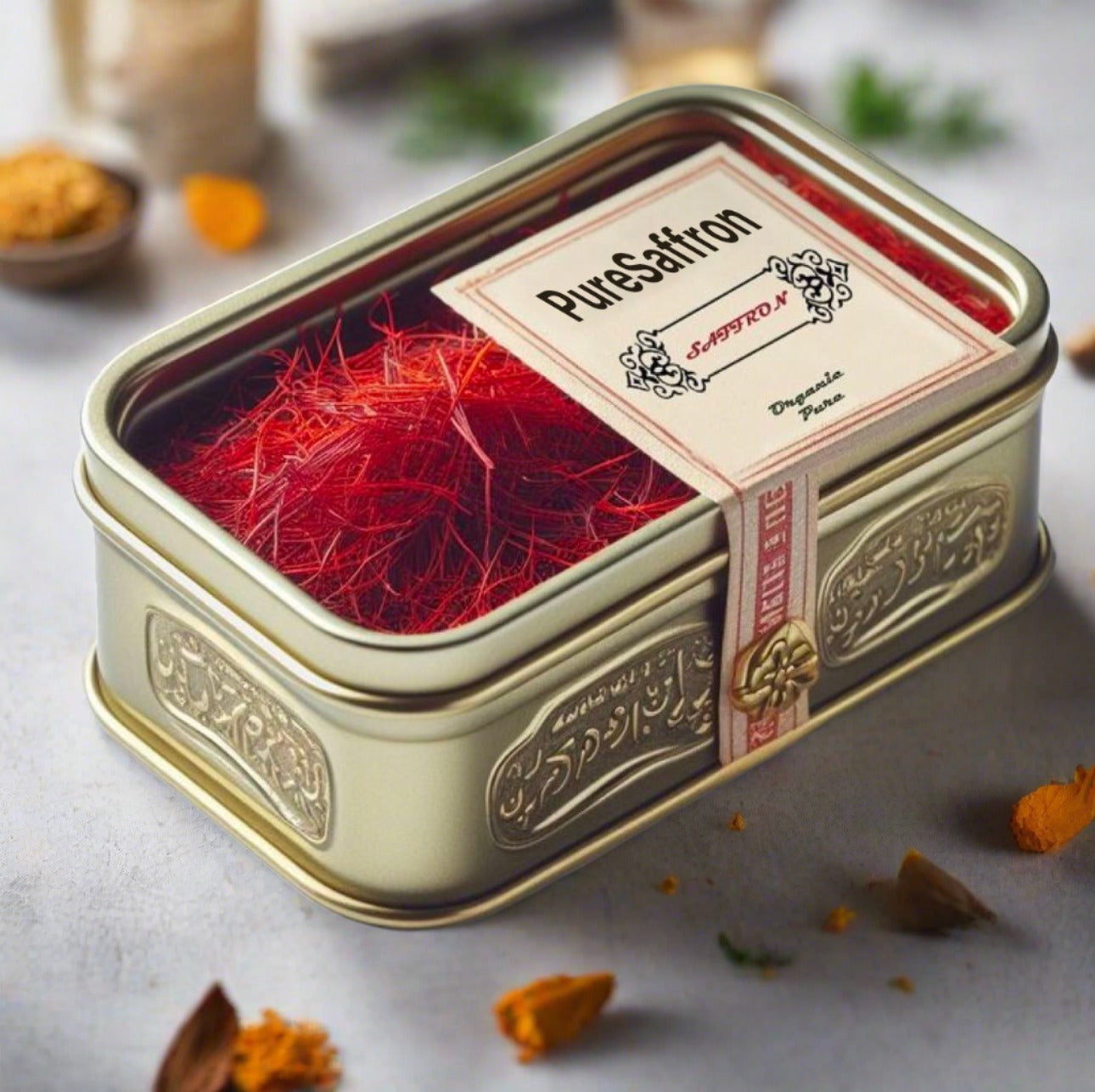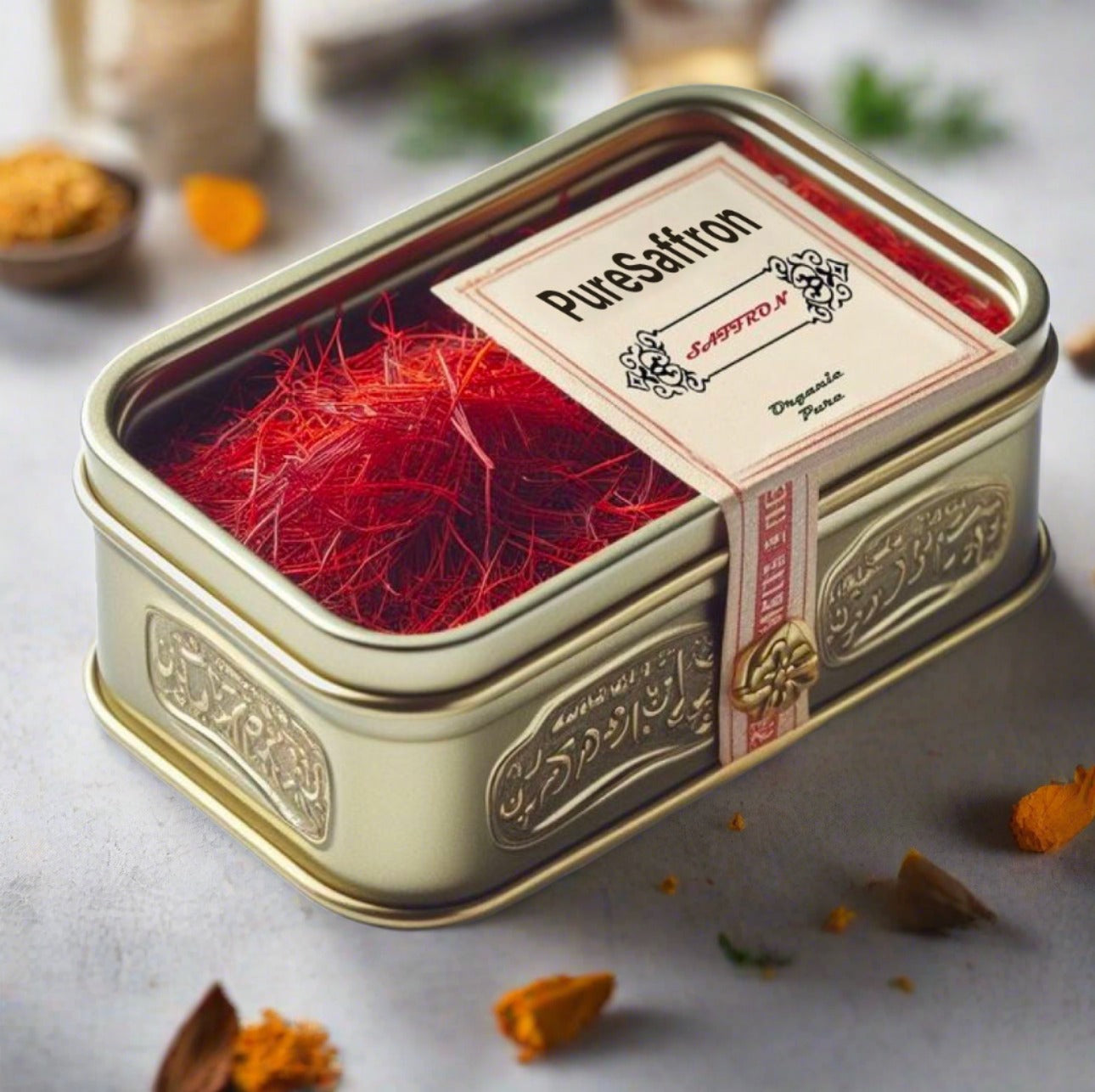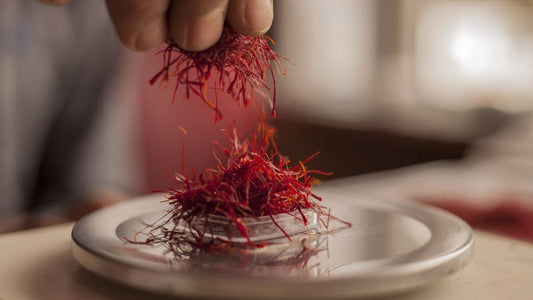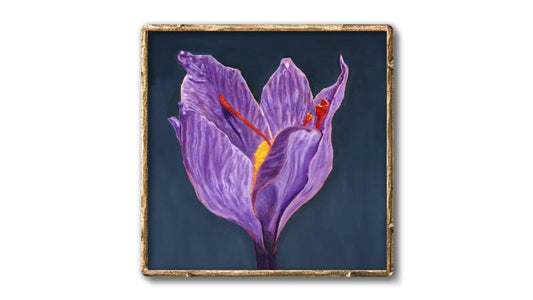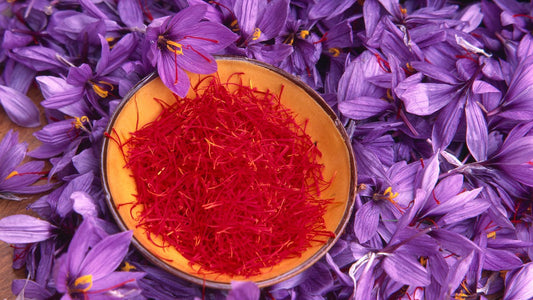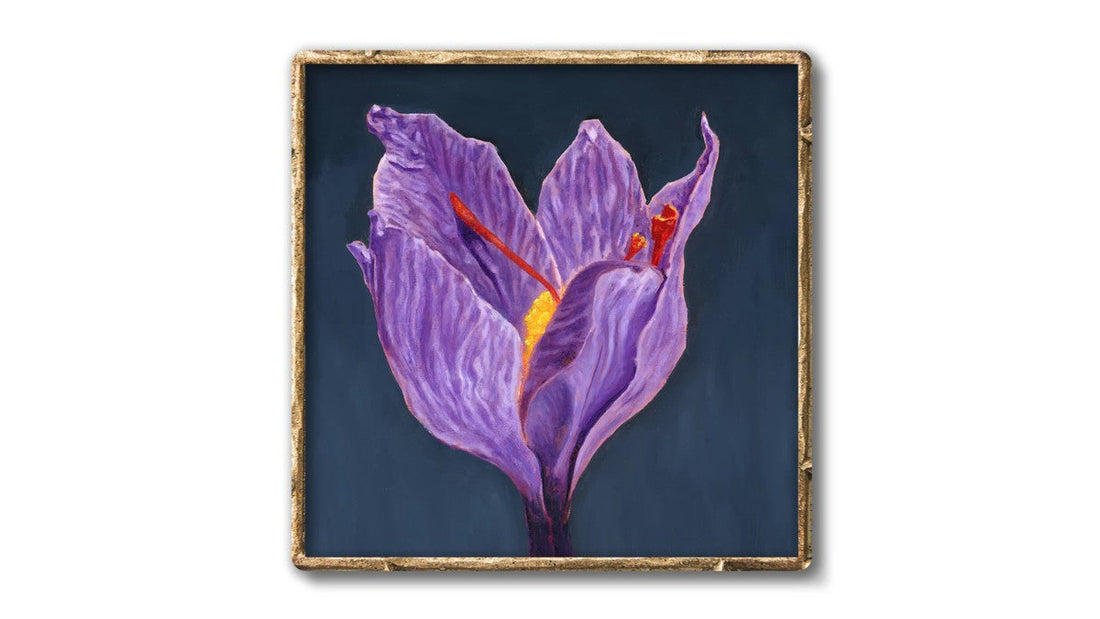
Saffron's Role in Art: A Journey Through History and Creativity
Ara OhanianShare
For centuries, saffron has been more than just a luxurious spice used in cooking. Its brilliant golden hue, symbolic significance, and versatility have made it a treasured ingredient in the world of art. From ancient frescoes to modern-day paintings, saffron has played a fascinating role in shaping artistic expression. In this blog post, we'll explore saffron's role in art, diving into its historical, cultural, and creative significance.
The Historical Significance of Saffron in Art
Saffron’s artistic journey dates back thousands of years. The earliest recorded use of saffron in art can be traced to the Minoan civilization of ancient Crete, around 1600 BCE. Frescoes such as the famous "Saffron Gatherers" from the Palace of Knossos depict women harvesting saffron, celebrating its cultural and economic importance at the time.
In ancient India, saffron was used in religious art and manuscript illumination. Its vibrant yellow and orange tones were derived from saffron threads, which were painstakingly ground into pigments. Temples and sacred texts often featured saffron-infused colors, symbolizing purity and divinity.
Similarly, in ancient Persia, saffron was used to create dyes for textiles and paintings. Persian miniature paintings, known for their intricate designs and vivid colors, frequently utilized saffron to achieve their signature golden tones.
Saffron as a Natural Dye in Artistic Practices
One of the primary ways saffron contributed to art was as a natural dye. The golden-yellow pigment extracted from saffron threads was used to color:
- Manuscripts and illuminated texts
- Fabrics and textiles, especially for ceremonial purposes
- Wall paintings and frescoes
- Religious icons and artifacts
Unlike synthetic dyes, saffron’s natural pigment has a unique luminosity that artists prized. The labor-intensive process of extracting dye from saffron threads made its use in art a symbol of luxury and refinement.
Saffron in Religious and Spiritual Art
Saffron’s association with spirituality and divinity made it a key element in religious artwork. In Hinduism and Buddhism, saffron hues are considered sacred, often representing wisdom, sacrifice, and enlightenment. Buddhist monks even dye their robes with saffron, signifying their renunciation of material possessions.
In Christian art, saffron was used to embellish illuminated manuscripts and religious paintings. Its radiant color was often linked to divine light and heavenly glory. Renaissance artists, seeking to create ethereal effects in their work, occasionally incorporated saffron pigments for their golden sheen.
Modern Interpretations of Saffron in Art
In contemporary art, saffron continues to inspire artists across the globe. Its vibrant color and rich history make it a powerful medium for storytelling and cultural expression. Modern artists often use saffron as a metaphor for themes like luxury, tradition, and identity.
For instance, in installations and conceptual art, saffron’s tactile nature and fragrance are sometimes incorporated to engage multiple senses. Its use transcends visual aesthetics, creating immersive artistic experiences.
The golden tones of saffron also appear in abstract art, where they evoke warmth, energy, and a sense of abundance. Artists experimenting with natural pigments often turn to saffron for its unique ability to produce earthy yet radiant hues.
Cultural Symbolism of Saffron in Art
Saffron’s cultural symbolism has deeply influenced its role in art. In many Eastern cultures, saffron represents prosperity, purity, and vitality. These meanings are reflected in traditional paintings, textiles, and ceremonial decorations.
In Western art, saffron has often been associated with wealth and opulence. Its use in artwork or adornments indicated the affluence of patrons who could afford such a precious material. This dual symbolism—spiritual purity and material luxury—makes saffron a uniquely versatile element in art.
Preserving Saffron’s Legacy in Art
As we look to the future, saffron’s role in art remains as relevant as ever. The resurgence of interest in natural pigments and sustainable practices has brought saffron back into the spotlight. Artists and craftspeople are rediscovering its potential and experimenting with new ways to incorporate it into their work.
If you’re inspired to explore the beauty and versatility of saffron in your own creative endeavors, consider sourcing high-quality saffron from trusted suppliers. For example, you can find premium-grade Persian saffron on our product page, perfect for both culinary and artistic uses.
FAQs About Saffron's Role in Art
-
Q: How was saffron used in ancient art?
A: Saffron was primarily used as a natural dye to create golden-yellow pigments for frescoes, manuscripts, textiles, and religious artifacts. -
Q: Why is saffron considered sacred in art?
A: Saffron's vibrant color and association with purity, divinity, and enlightenment made it a sacred element in religious and spiritual art. -
Q: Can saffron still be used as a pigment today?
A: Yes, many contemporary artists and craftspeople use saffron as a natural pigment for its unique color and cultural significance. -
Q: What makes saffron different from synthetic dyes?
A: Saffron provides a natural luminosity and warmth that synthetic dyes cannot replicate. It also carries historical and symbolic value. -
Q: Where can I buy high-quality saffron for artistic use?
A: You can purchase premium Persian saffron from our product page, ensuring you get authentic and vibrant saffron for your projects.
